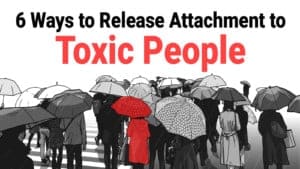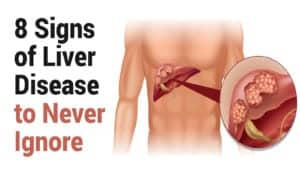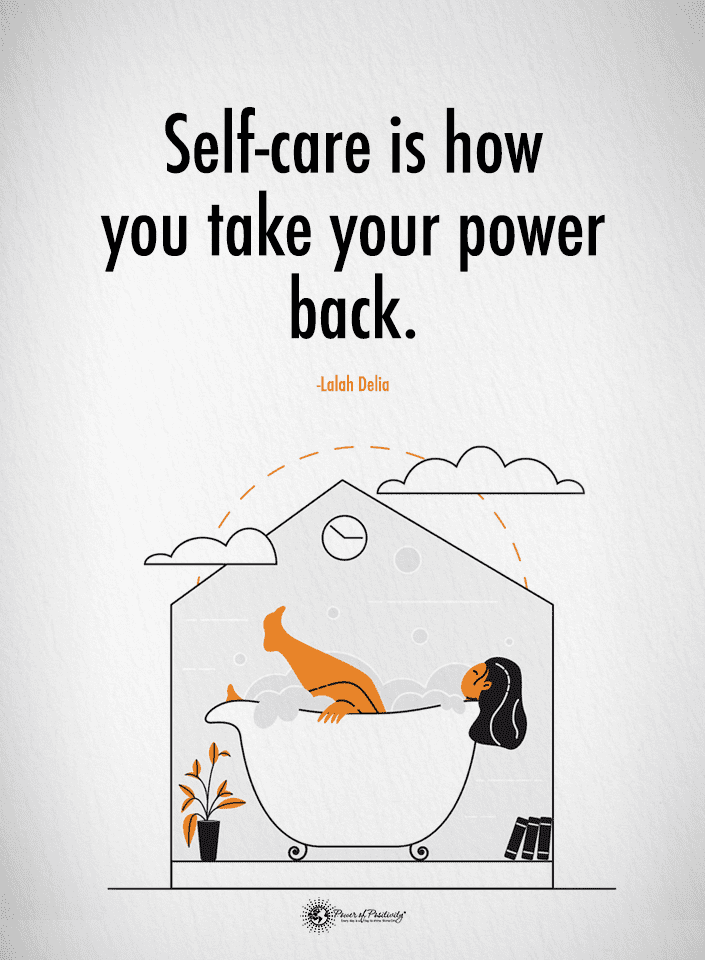Failure is a constant in life. In the midst of it, however, those who fall short often forget this reality and dismiss the idea that they can bounce back.
Culture values success. Those who conquer challenges large and small gain the respect and admiration of peers and loved ones. This recognition, in turn, boosts self-esteem and spurs people on to more significant tasks. Yet just as momentum drives achievement, defeat also has an impetus of its own.
Athletes tell of “the agony of defeat.” Losing hurts, especially after long hours of preparation, training, and emotional investment. Whatever the goal–athletic or otherwise–people who fail understandably wonder whether all the expended effort was worth it. Turning things around is harder when such doubt creeps in.
Still, both documented and anecdotal evidence demonstrates that people bounce back from failure all the time. Psychologists who make a practice of measuring, predicting, and adjusting human behavior know this. Furthermore, they know the strategies and tactics that reverse the emotional direction from decline to uplift.
How Failure Feeds Itself
When an athlete, employee, student, or artist does not hit their projected mark, personality, and temperament largely determine whether a further failure will follow. The Harvard Business Review cites three broad psychological categories that most people fit when dealing with frustration:
- extrapunitive
- impunitive
- intropunitive
Extrapunitive — Blaming Others
The financial collapse of Lehman Brothers in 2008 and the rupture of the British Petroleum oil pipeline in 2010are recent episodes that revealed extrapunitive behavior on the part of company CEOs. Both assailed other parties for their respective disasters, yet both possessed histories of bad decision-making. Most instances of this behavior are not so infamous. Meanwhile, a group of Japanese scientists reported in 2014 that this conduct could at least in part be biologically based.
Intropunitive — Self-Condemnation
The opposite sort of thinking, though just as destructive, is defaulting to blaming self. No matter what the variables or mitigating factors, intropunitive types judge themselves severely and even imagine failures where none occur. This blame is marked by anger and antipathy. Just as an extrapunitive person is blind to his or her role in a poor outcome, the intropunitive character misses external reasons for the same breakdown. Without a broader perspective, it is difficult to bounce back.
Impunitive — Living in Denial
The impunitive character refuses to recognize failure, or else refuses to acknowledge a role in it. Like the ostrich with its head in the sand (a myth, by the way), the impunitive individual neither blames himself or others but keeps a safe distance from the problem.
Psychologists hypothesize that doing so reduces the dissonance caused by conflict. In so doing, the impunitive personality allows the battle to continue…along with the spiral of defeat. Unwillingness to talk about a violent assault or another form of victimization can sometimes reflect an impunitive mindset.
Such responses can serve as natural coping mechanisms. Nevertheless, they inhibit the resolution of conflicts.
Psychologists’ Tips to Break Cycles of Defeat
1 – Cultivate Relationships
Common among these three patterns of response is some degree of self-centeredness, i.e., protecting self or attacking self. Either way, they distort the path out of perpetual decline. More relationships and deeper ones help people to see the world beyond their narrow self-interest.
Insofar as these reactions come about under stress, a strong network of friends helps to see difficult situations in proper perspective. Researchers of these matters learned that broader and deeper friendships lessen the destructive triggers of stress, allowing people to bounce back from defeat better.
2 – Cultivate Awareness
Whatever the neurological or social causes behind chronic lack of success, an excellent first step is to pay attention. Psychotherapist Nancy Colier notes that extrapunitive behavior can begin as a natural reaction to injustice. Yet it can subsequently morph into an abnormal obsession with finger-pointing.
She tells the story in Psychology Today of a client who, while driving his daughter to a sporting event, was falling behind in getting her there on time. His emotional reflex was to place the responsibility for their delay on her — time-wasting, lack of hustle, etc. Digging deeper, Colier discovered that the father feared that in making his daughter late, he had failed and disappointed her. He would not — could not — confess such a possibility.
Not until his self-image was clarified and strengthened could the father look honestly at his role in the lateness episode. The emotional work he had to do, including paying attention to his impulse to blame. While it takes time, discovering the emotions behind extrapunitive outbursts make it easier to bounce back from setbacks.
3 – Face the Fear
Many psychologically-based dysfunctions, especially those that perpetuate failure, have their roots in fear. The resolute denial of any responsibility so frequent among impunitive personalities is one such example, where fear of exposed mistakes all but guarantees more in the future.
Still, fear of the unknown can cause more angst than fear of loss, according to research published in the Journal of Biological Psychiatry. The 2016 findings conclude that risk aversion is often stronger than avoidance of pain or injury. The resulting desire to control the outcome leads to one of the three behavior patterns noted above. Each of them prevents success.
Fear of the unknown regularly asserts itself when negativity is dominant. To bounce back from negative dominance is to shout down the destructive internal voices that demand perfection and scorn human fallibility. Taking the initiative in spite of fearing, it causes the negativity to recede as confidence grows. This is especially true for intropunitive types. To be sure, doing this calls for firm intention and resolve. The results are well worth it.
The signers of the American Declaration of Independence knew they were setting themselves up for targeting by British authorities. Keeping the reward for their boldness at the front of their thoughts allowed them to follow through despite their fears. The rest, as they say.
4 – Examine Cynical Assumptions
Those who do not recover from setbacks are many times plagued by faulty thinking. True, at school, the workplace, the playing field, and other venues, there will always be a person or group eager to capitalize on the mistakes of another. Yet to assume this of everyone is a massive mistake in and of itself. In fact, the ability to trust others is central to earning lasting confidence from the same. Writing in Forbes magazine, psychiatrist Prudy Gourguechon lists ways that trust makes workers into leaders.
Among its virtues, trust:
- Enables one to delegate
- Helps to create mutual loyalty
- Enhances the communication of a strategic vision
- Helps when receiving criticism and acting on it
- Equips a leader in equipping others
In this way, moving from cynicism to trust empowers people to bounce back from errors that come from the isolation and suspicion sometimes characteristic of the very sensitive. Dr. Gourguechon reminds her readers that there should be a limit to the degree to which one extends trust. If betrayed, the leader must always retain the capacity for trust nonetheless: “She must be able to recover from disappointments in the realm of trust without a shift in basic attitude.”
5 – The Bright Side Is the Best Side
Like trust, optimism can go too far, yet it is essential to turning a problematic scenario around. Without the ability to see positive outcomes while circumstances are in disarray, success can elude anyone. Dr. Alex Lickerman studies the mindsets of optimism versus pessimism. Citing sports performance subjects, he makes the case that confidence is not genetic, but a learned trait: “training male basketball players to attribute positive results—for example, making a free throw—to their ability and negative results to their lack of effort was found to improve their subsequent performance significantly.”
To bounce back from chronic pessimism begins with quieting the mind and focusing on a goal. Harvard psychologists Daniel T. Gilbert and Matthew A. Killingsworth wrote in 2010 a journal article in Science entitled “A Wandering Mind Is an Unhappy Mind.” The title says it all, suggesting that time for meditation and quiet can induce a more positive outlook.
Final Thoughts on How to Bounce Back from Failure
Persistent cycles of failure are not inevitable. Breaking them mandates changes in the way people think — about themselves, others around them, and new strategies that may be uncomfortable to adopt. Whatever the way individuals deal with setbacks, only sober analysis, and the courage to change will prompt recovery.
Learning to cast a positive vision, trust to those who give no reason not to, and to spend time reflecting on and correcting personal thought disorders recreates the future for the better. To lose now and then is a certainty. Winning is up to us.















